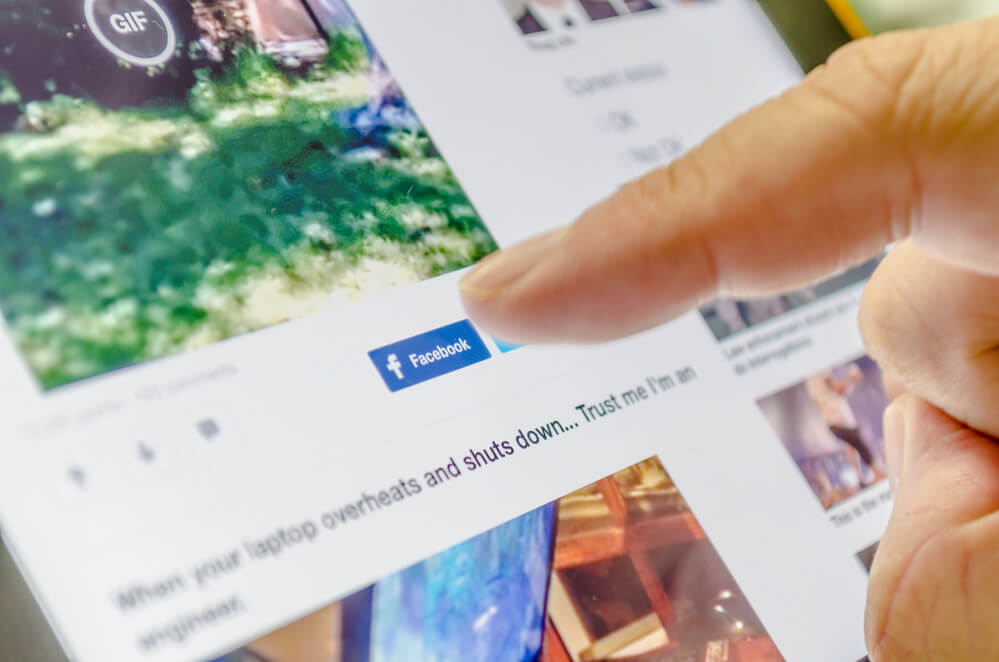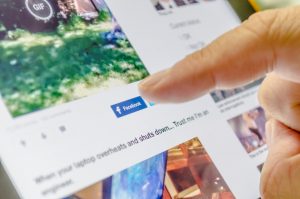By now, you surely know that the goal of social media marketing is traffic. The more likes, comments, tags and shares you get, the better your brand’s visibility. You show up in more customers’ newsfeeds, which leads to even more traffic.
“That creates a storm of Google-goodness and that gets you gets you ranked higher in search engines,” says Mike Taylor in an article for Entrepreneur. “The snowball of traffic, social interaction and backlinks continues.”
The question, then, is how do you get people to interact with your posts?
To trick is to employ psychological triggers that spur people to engage with you online, Taylor says.
Here are three human tendencies to consider.
1. People want to look good.
Before people hit share, they evaluate a piece of content’s social currency. Is it astute? Witty? Entertaining?
“Finding something awesome doesn’t make you awesome, but that’s how our brains work,” Taylor explains. “We’re competitive, and we like to look good in front of others. Sharing really interesting things makes us look good.”
Look for articles with useful tidbits that could make your followers’ lives easier. If they find information that helps them, they might identify friends who could benefit from it too. They’ll tag them or hit share.
Also make a point to save articles that are thought-provoking and logical. Sharing intelligent posts makes people feel brainy. (Taylor recommends posting statistics or little-known facts. “People love numbers,” he says. “When they can throw an impressive stat out there on social media, it makes them look awesome.”)
2. People want to do good.
According to social media experts at Buffer, 84 percent of survey respondents said they share content because it’s a good way to support causes or issues they care about.
(This seems especially true during the holiday season.)
“It’s not self-centered — at least it shouldn’t be — but deep down inside, we want other people to know what we stand for,” Taylor says. “So sharing content that stands for something, even something as small as a tweet, helps us look better by showing the world who we are as a person. Plus, it helps us feel better by supporting something we care about.”
Do you work with any local charities, schools, sports teams, etc.? Have any employees volunteering for a good cause? Organize any goodwill initiatives (Petal it Forward, The Lonely Bouquet, Random Acts of Flowers, Make Some Smile Week, Good Neighbor Day)? Don’t be shy; talk it up! 1) You’ll likely recruit more people to join you and 2) you’ll get some good social media activity to boot!
3. People want to stay connected.
“Human beings are social creatures, and we like to interact in group settings. That used to only happen at places like church, school, work, parties, restaurants — places you went,” Taylor says. “Now, with social media, we have that same type of group connectivity all the time.”
I recently checked out my activity log on Facebook. I’d say roughly 75% of my likes in the last week to photos of my friends’ cute kids, colleagues’ articles and florists’ stunning designs. This was my fast and easy way of saying, “Good job!” or “I’m glad you’re well!” It might just be a gesture, but likes have a psychological impact. Personally, I feel like a million bucks when people like my posts. It’s a sign of support.
This trigger can be a tricky one for businesses to figure out, but try this: Think about one of your customers in particular. What would it take to get that person to share a post and tag their friend in it? Judging from my newsfeed, articles like “5 truths only new moms will understand” and “this unorthodox shopping strategy saves one day $150 a month on groceries” get a lot of shares and tags. They allow fans to connect with someone they care about it–and it makes them look better by sharing something that’s funny or insightful (remember trigger #1?).


